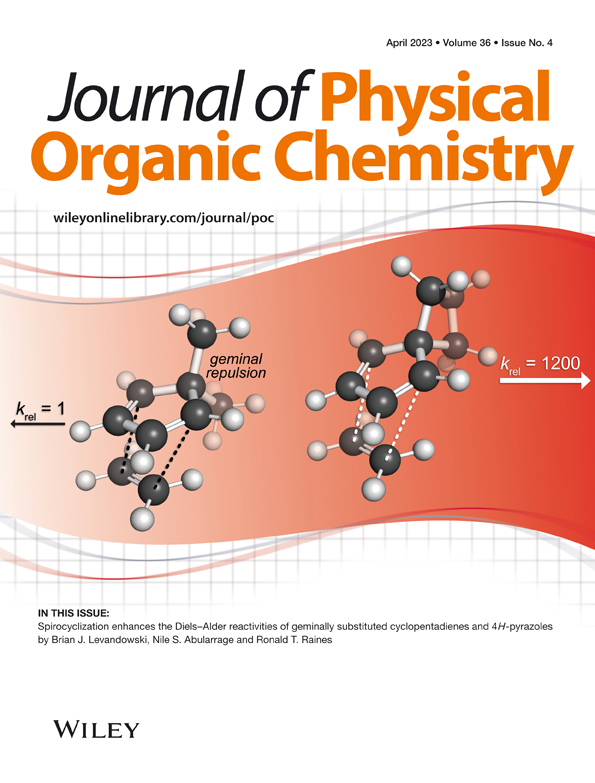Morphologically controlled synthesis, characterization, and applications of molybdenum oxide (MoO3) nanoparticles
Abstract
Molybdenum nanoparticles are used as additives in alloys for various applications, such as or in corrosive or high-vacuum environment. Their properties are completely different than the properties in their bulk. Molybdenum nanoparticles were prepared by hydrothermal technique. MoO3 synthesized nanoparticles were characterized by UV-visible spectroscopy, SEM, TEM, and XRD. MoO3 had shown its maximum adsorption at wavelength 560 nm. Surface morphology of synthesized MoO3 was studied by using SEM, which showed that MoO3 nanoparticles have shown outgrowth at the edges of strands, while grain size, shape, and distribution was confirmed with TEM, which revealed that the synthesized nanoparticles are fiddle and thin in nature and these particles are made of joint nanosheets. Furthermore, the structure elucidation of synthesized nanoparticles was done by using the XRD calculations, which confirmed that the synthesized particles are MoO3 without impurities. Moreover, MoO3 nanoparticles can be used for photocatalytic properties and biological application.




